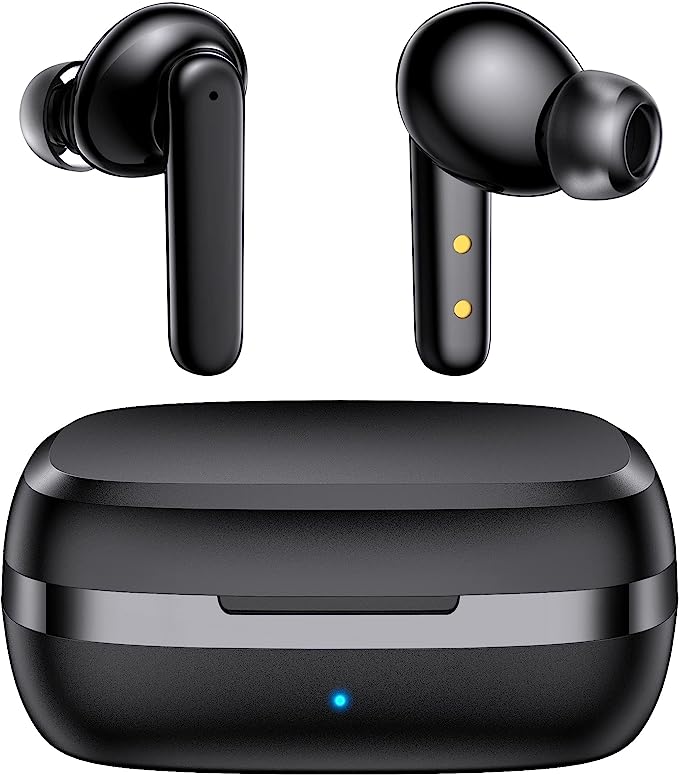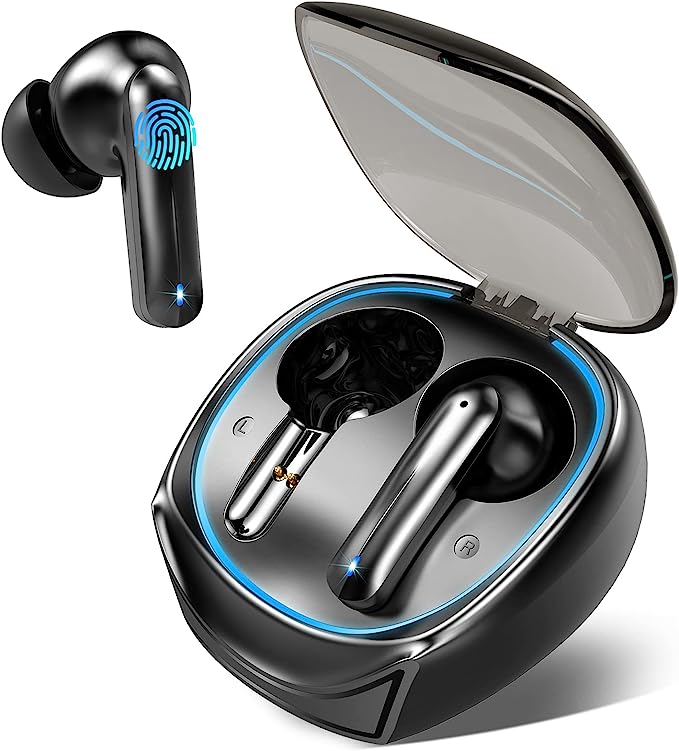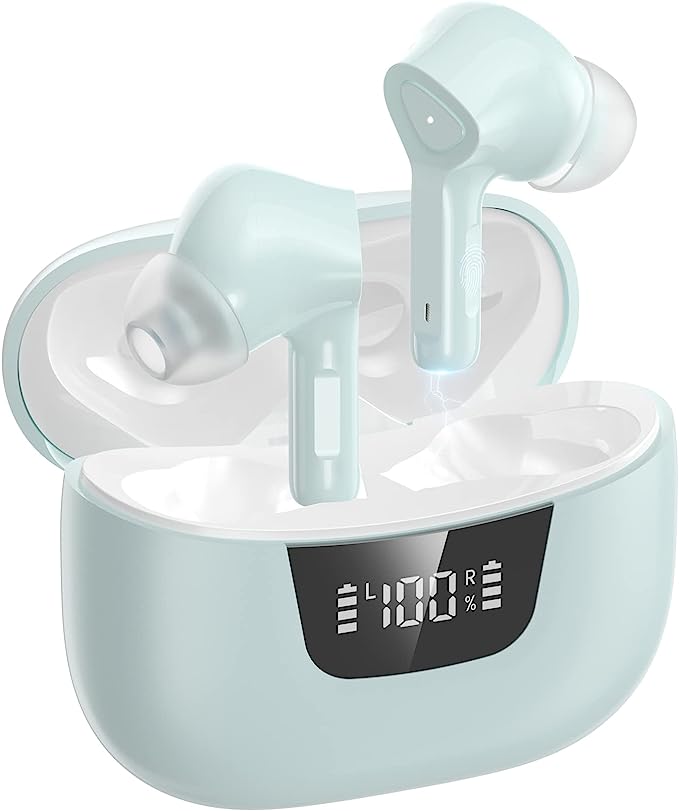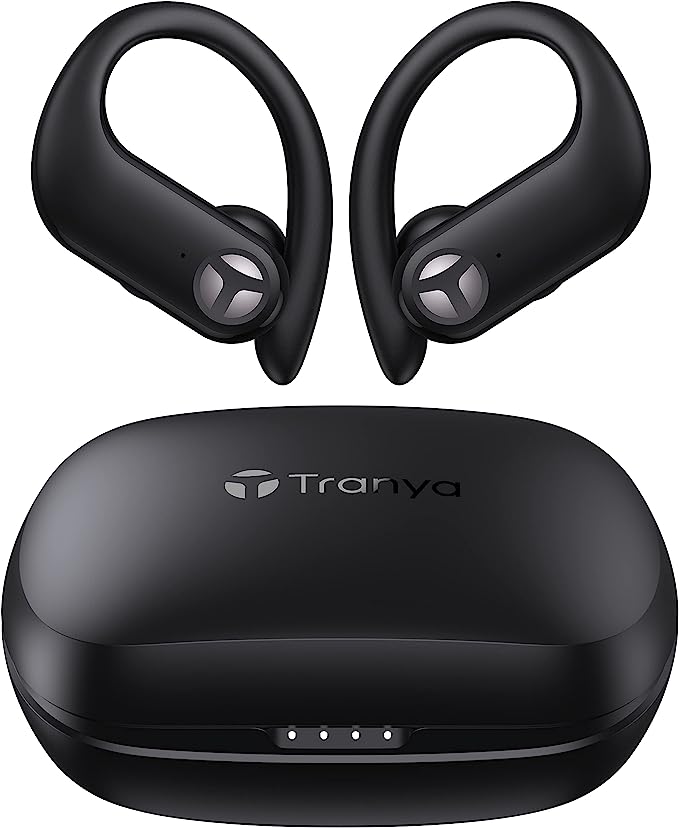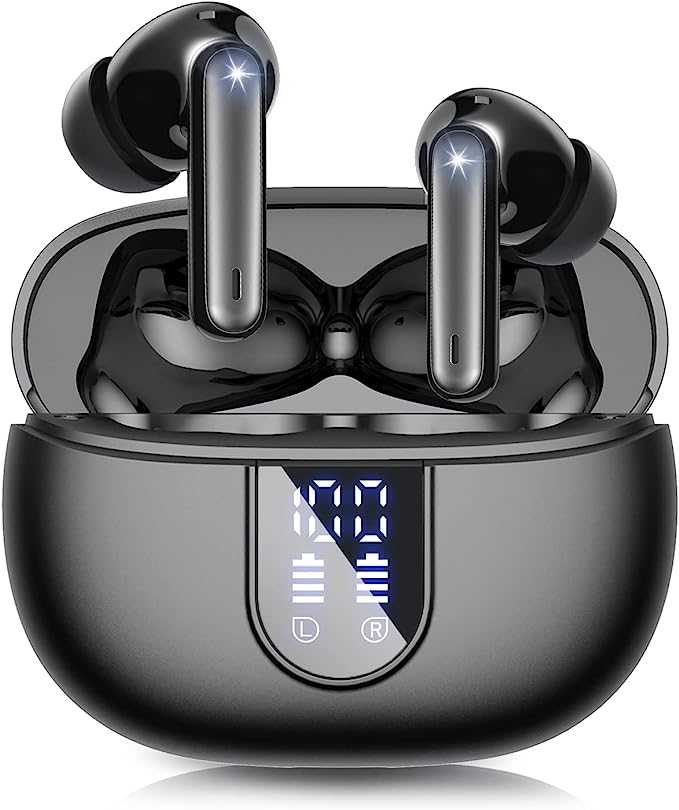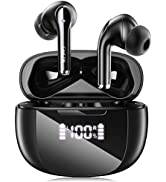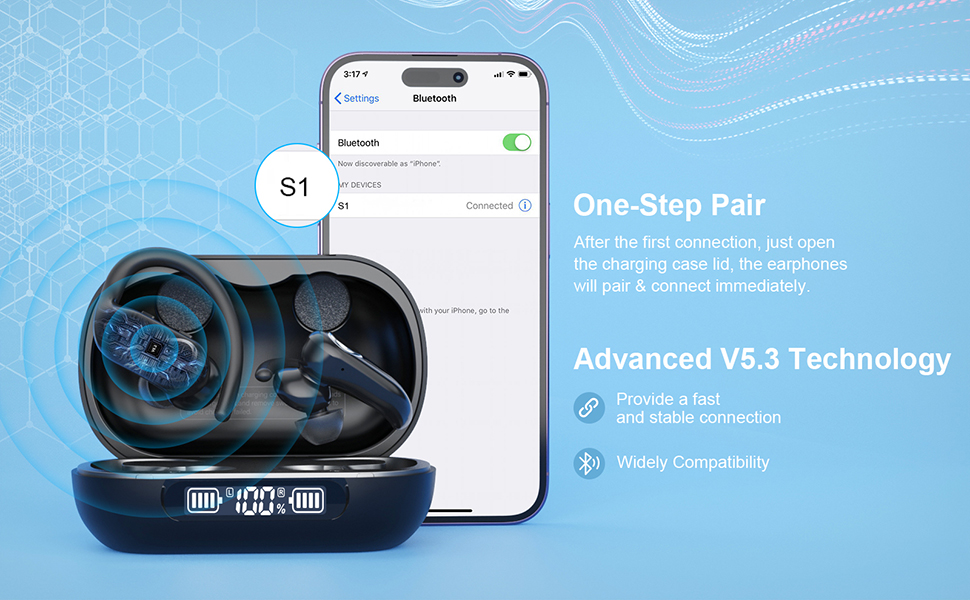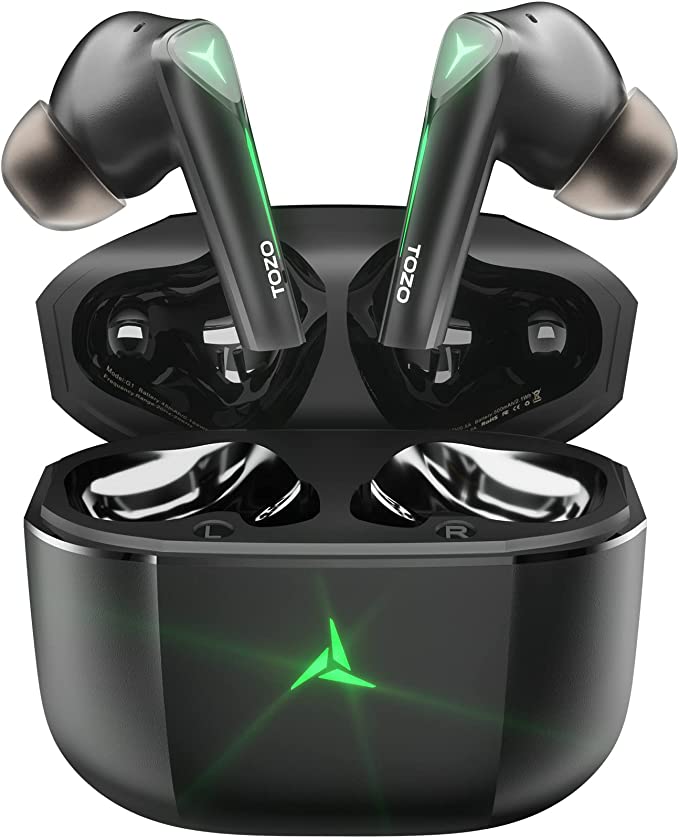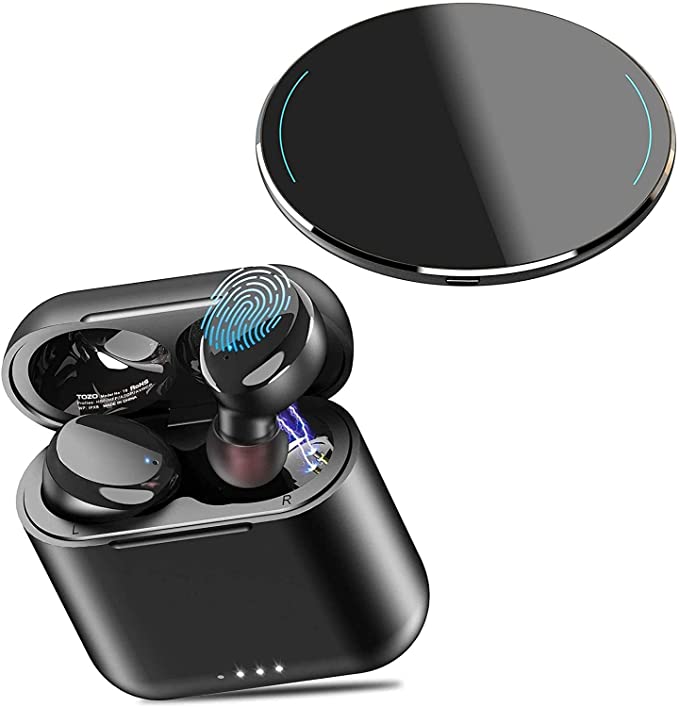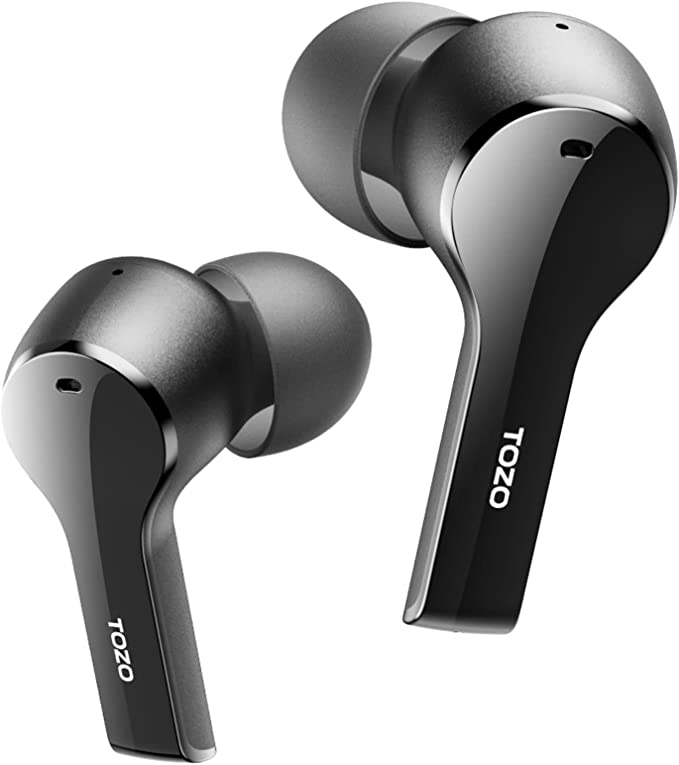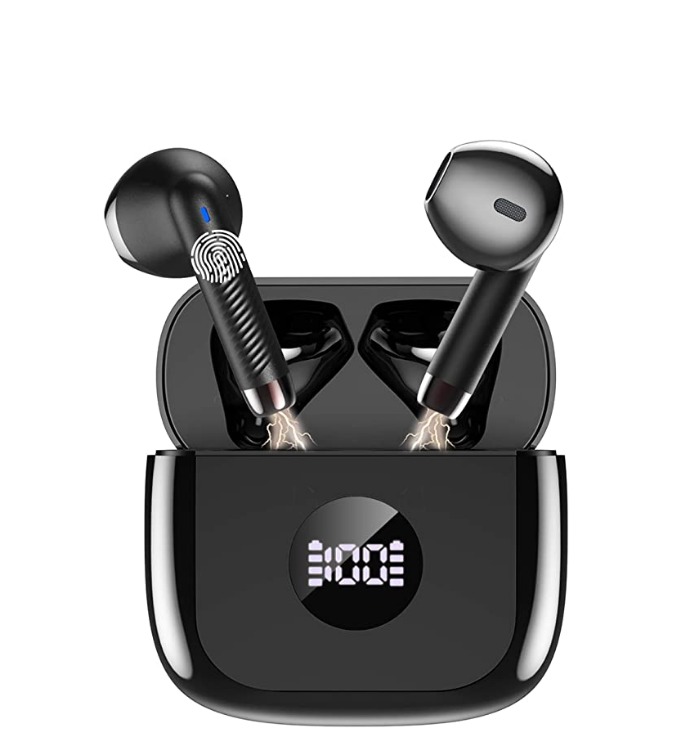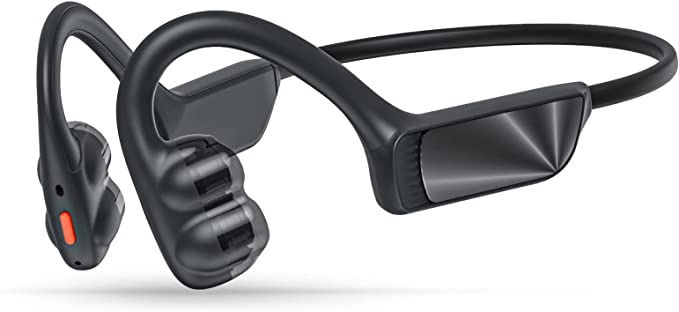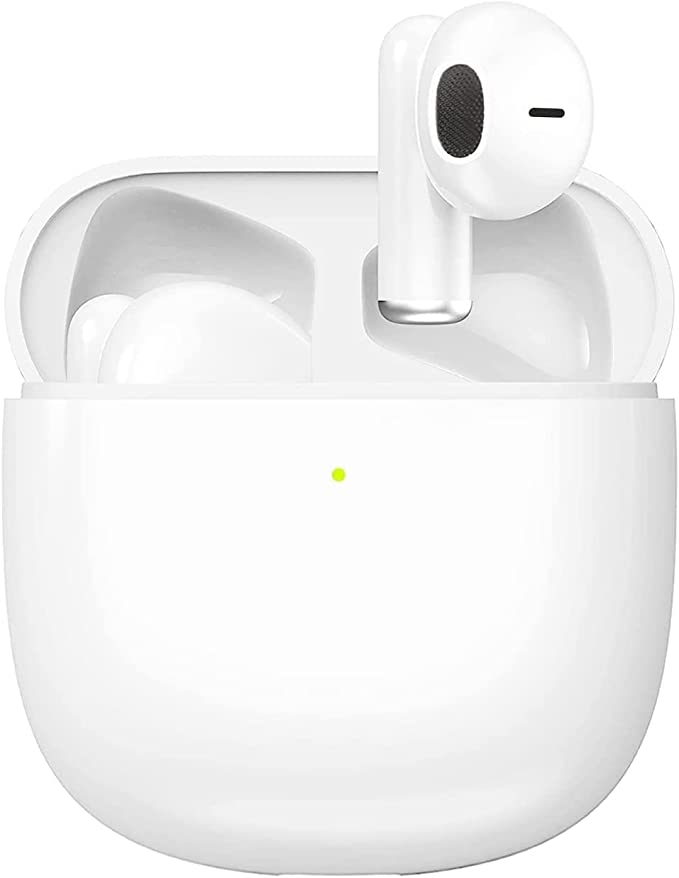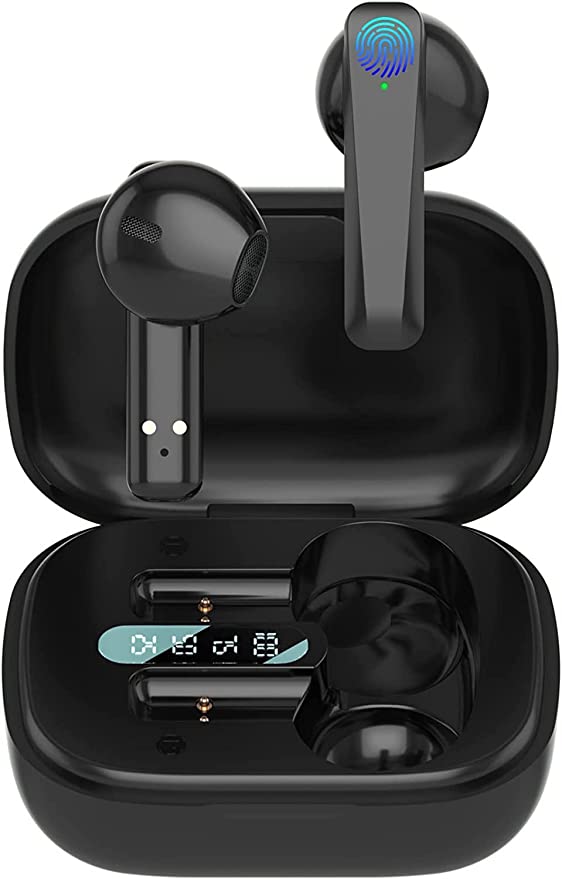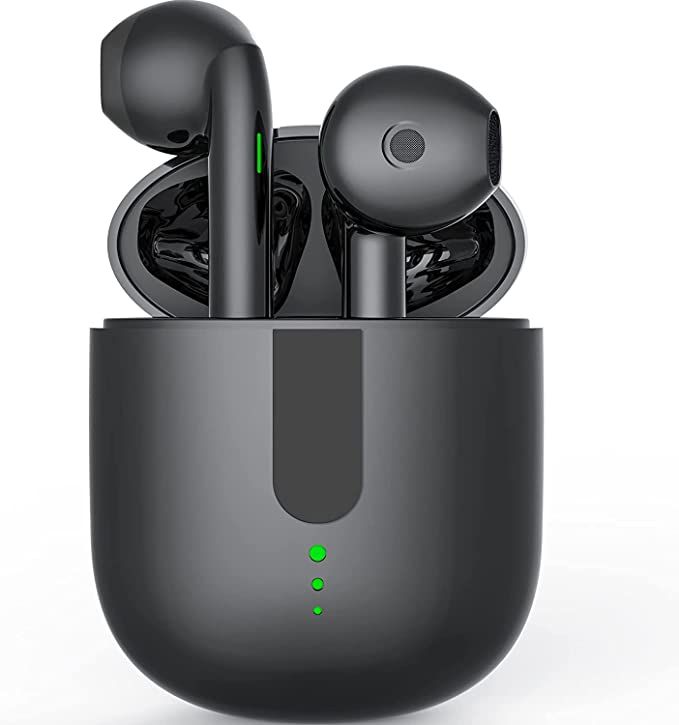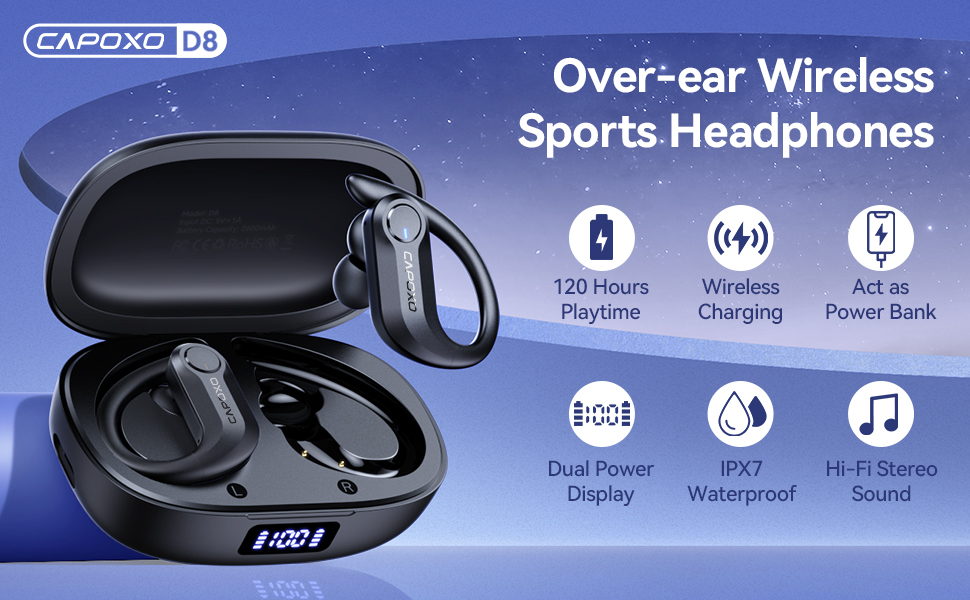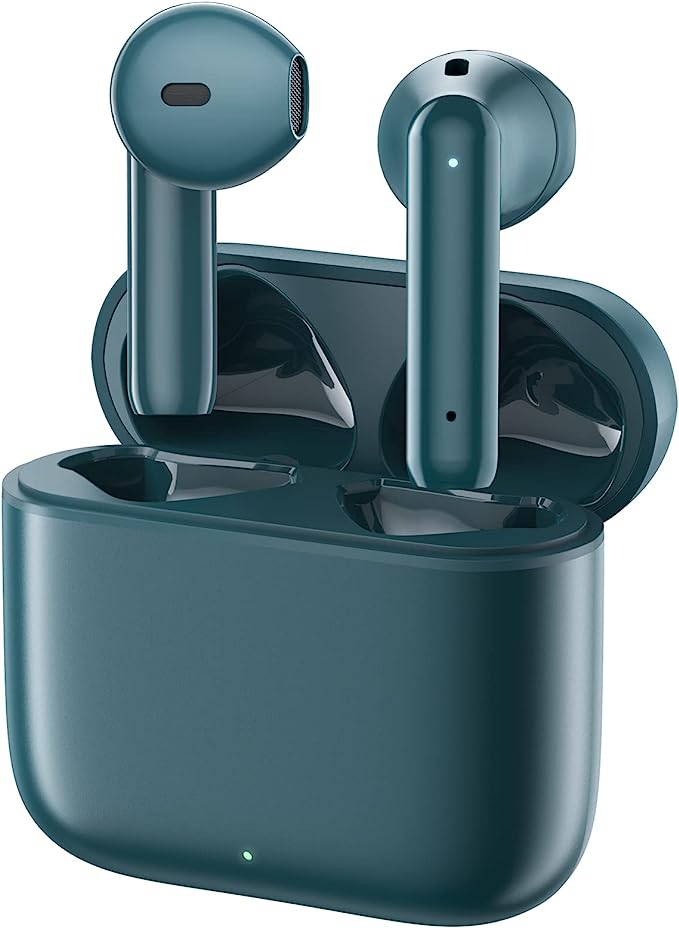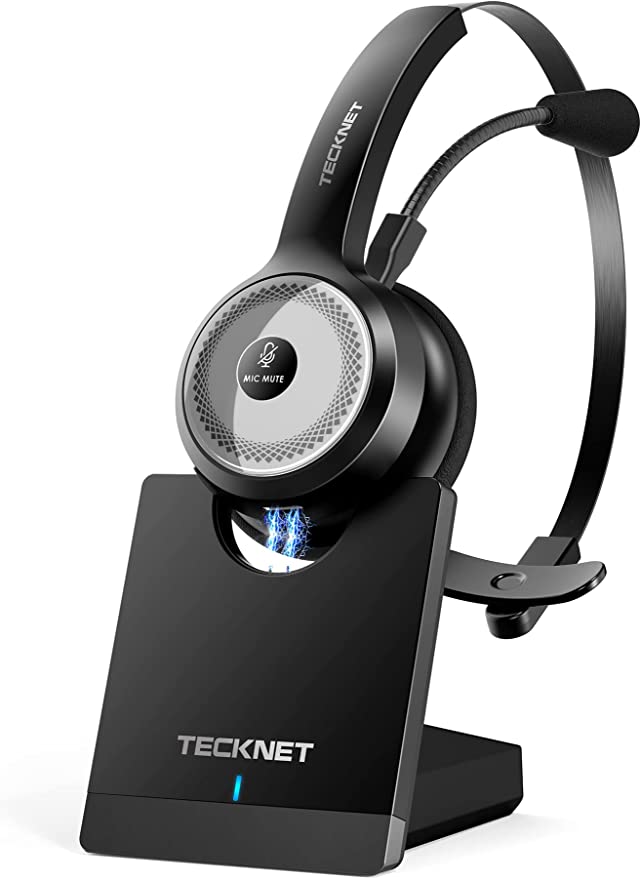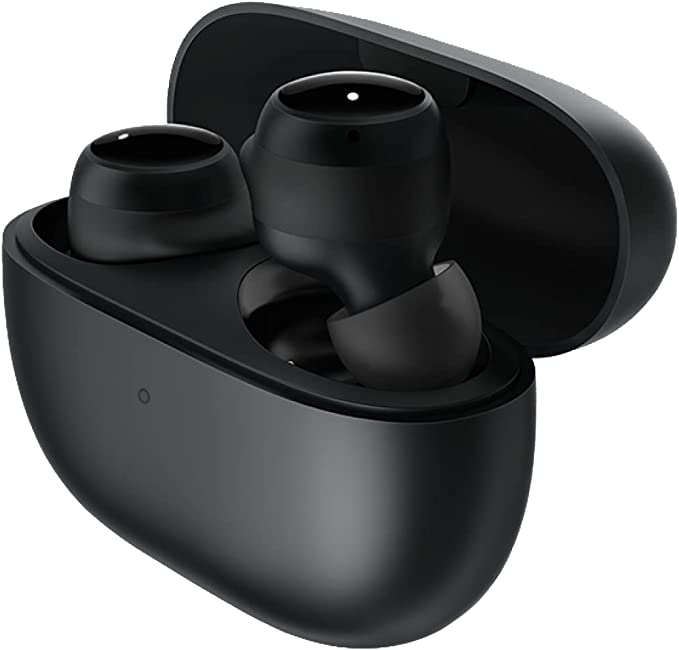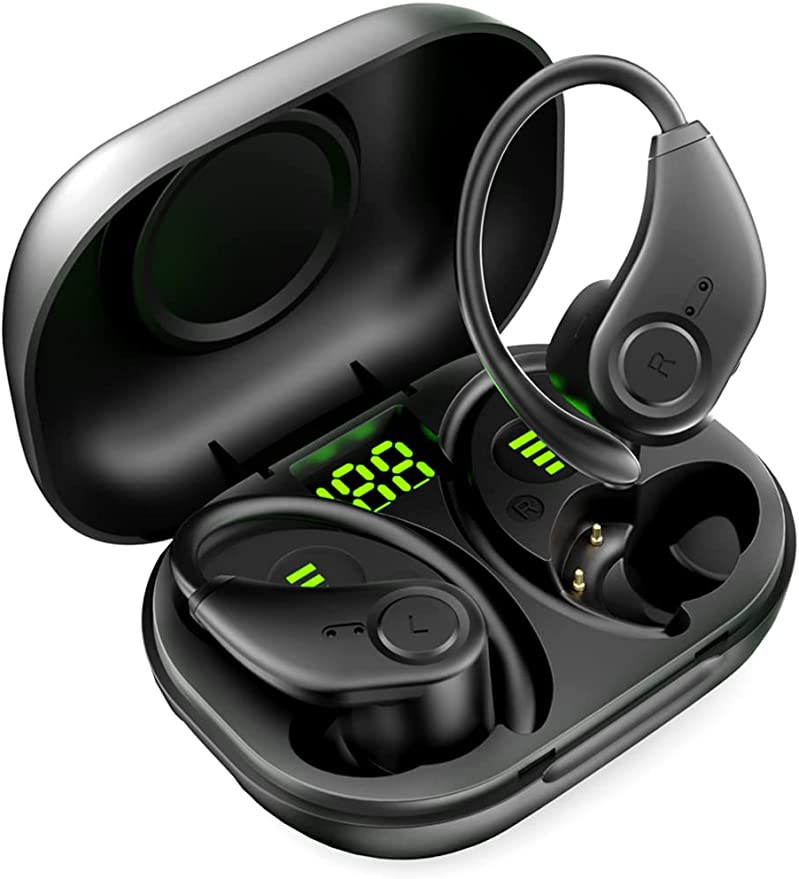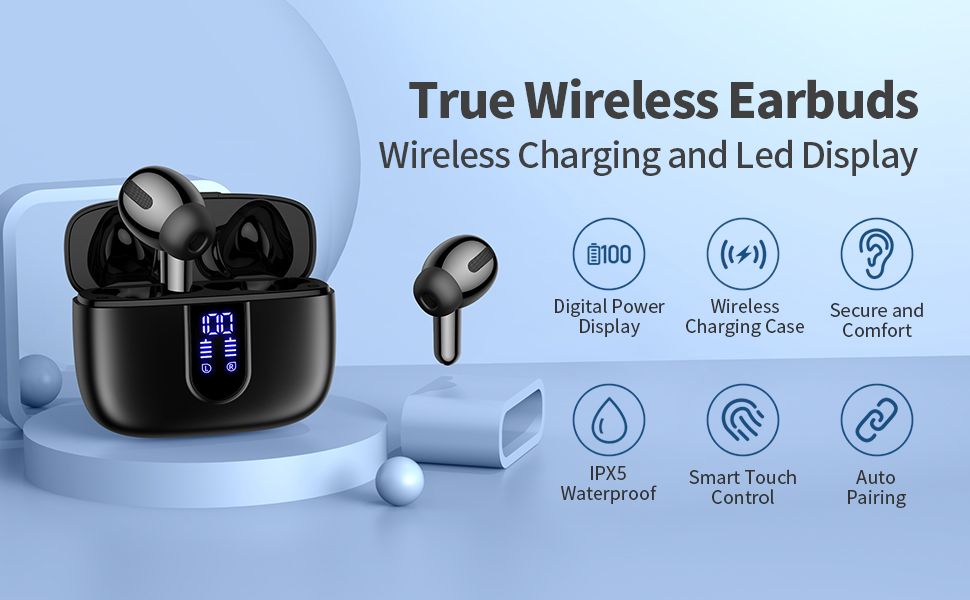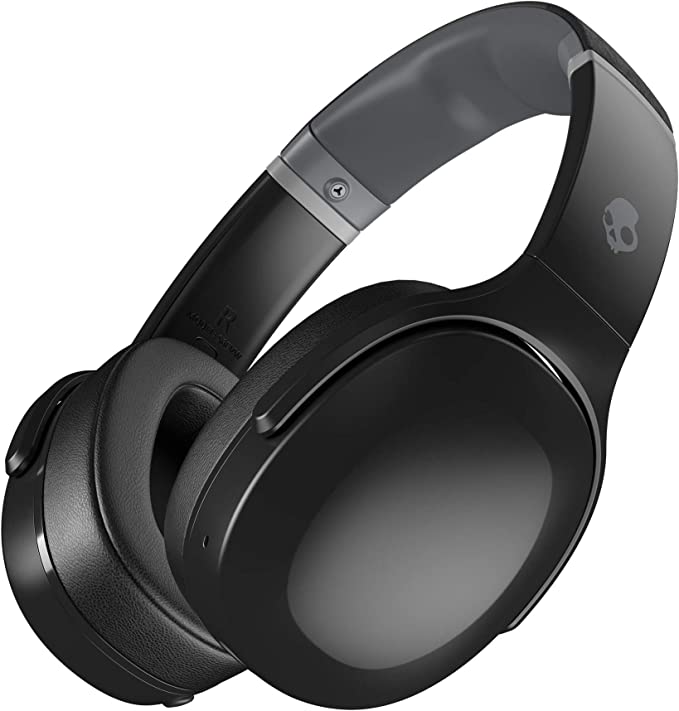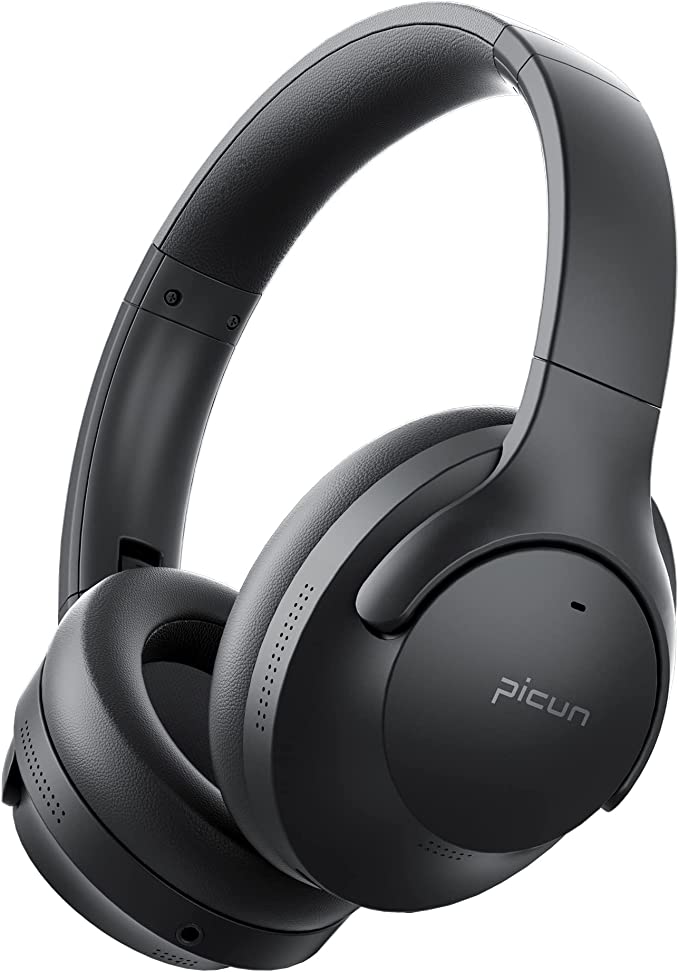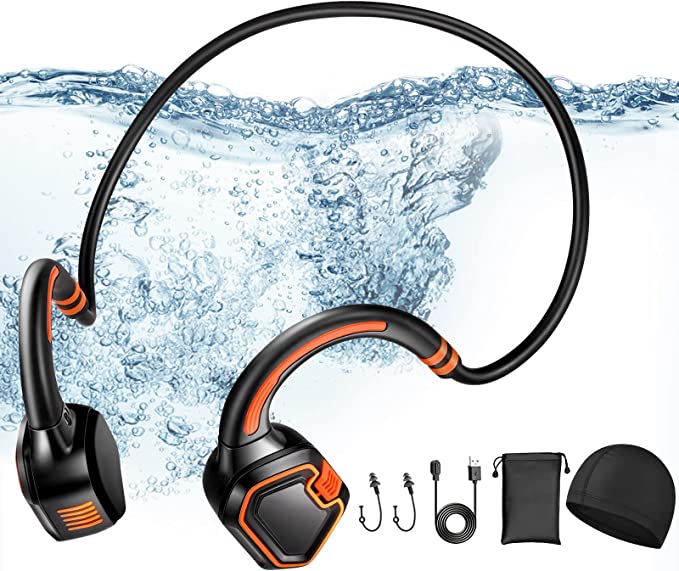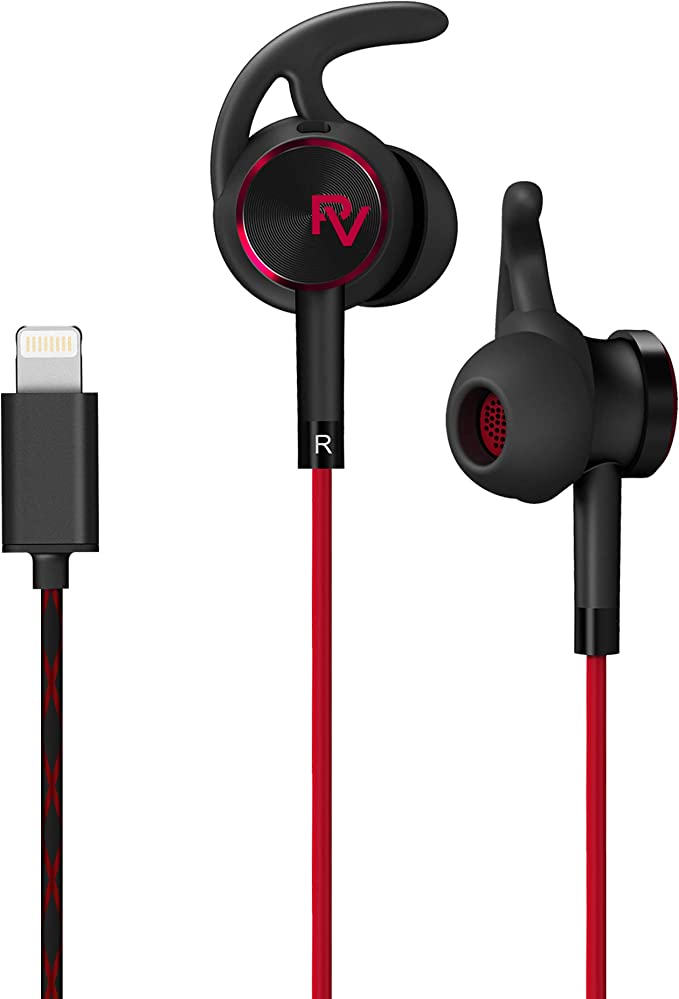How to Decode Wireless Earbud Specs: A Beginner's Guide to Bluetooth, Drivers, and Battery Life
Update on Oct. 30, 2025, 3:53 p.m.
Ever shopped for wireless earbuds and felt like you needed an engineering degree just to read the box?
You see a wall of terms: Bluetooth 5.3, 13mm Dynamic Drivers, ENC Mics, IPX5, 60H Playtime.
It’s confusing, and it’s easy to feel overwhelmed. What actually matters? Are you paying for features you don’t need, or are you about to buy something that will just sound tinny and die in a month?
Let’s cut through the noise.
Welcome to your practical, no-jargon guide to decoding wireless earbud specs. My goal isn’t to sell you anything; it’s to turn you into a savvy shopper. We’ll break down what these technologies really mean for your daily life—your music, your calls, and your workouts.
To make this real, we’ll occasionally use the Carego Y42 Pro earbuds as a case study, simply because their spec sheet is a perfect example of the modern, budget-friendly tech you’ll encounter.
By the end of this guide, you’ll be able to look at any spec sheet and know exactly what you’re getting.
1. The Connection: What “Bluetooth 5.3” Actually Means for You
At the heart of any wireless device is its connection. You’ll see numbers like Bluetooth 5.0, 5.2, or, in newer models, Bluetooth 5.3.
Think of Bluetooth as an invisible, digital string connecting your phone to your earbuds. The “version” number just tells you how good that string is.
- Older versions (pre-5.0): Like a frayed string. Prone to random disconnects, audio stutters (especially in busy places like a coffee shop or subway), and they used more battery.
- Bluetooth 5.0 and up: This was a huge leap. Much more stable.
- Bluetooth 5.3 (The Modern Standard): This is the refined version. Its primary benefits are:
- Rock-Solid Stability: It’s much smarter about avoiding interference. If you’re walking through a crowded area with lots of other wireless signals (Wi-Fi, other phones), a Bluetooth 5.3 connection is far less likely to stutter or drop.
- Power Efficiency: This is a big one. It’s designed to sip power, not gulp it. This allows the tiny batteries inside your earbuds to last significantly longer on a single charge.
- Lower Latency (Sometimes): It helps reduce the “lag” between your phone and your ears. This is crucial for watching videos (so the audio matches the person’s lips) and essential for gaming.
The Takeaway: When you see Bluetooth 5.3, it’s a strong sign that the earbuds will have a stable, power-efficient connection. It’s a modern standard you should look for, even in affordable models.

2. The Soul of Sound: Why Driver Size (Like 13mm) Matters
If Bluetooth is the string, the driver is the instrument itself. It’s the tiny speaker inside the earbud that physically creates the sound waves.
You’ll see specs like “6mm drivers” or “13mm dynamic drivers.” In the world of drivers, size can make a big difference.
- What is a Dynamic Driver? It’s a classic speaker design. It uses a magnet, a voice coil, and a flexible cone (called a diaphragm) to move air. When the diaphragm vibrates, it pushes air and creates sound.
- The 13mm Difference: A 13mm driver has a relatively large diaphragm. Why is this good? Physics. To create deep, rich bass, you need to move a lot of air. A larger surface area can push more air, more easily.
- Small Drivers (e.g., 6mm): Can be fantastic for clarity and high-treble notes, but they often struggle to produce powerful bass without sounding “muddy” or distorted.
- Large Drivers (e.g., 13mm+): Are built to deliver that satisfying “thump” and fullness in the low end. They often create a “wider” sound—what people call soundstage—making the music feel more open and less “stuck inside your head.”
The spec sheet for our example, the Carego Y42 Pro, also mentions a “semi-open structure.” This is an acoustic design choice. Unlike fully sealed earbuds (which block all noise but can sometimes feel ‘stuffy’), a semi-open design can make the sound feel more natural and spacious, pairing nicely with those large drivers.
The Takeaway: A 13mm driver is a spec to look for if you enjoy fuller sound, listen to bass-heavy music (like EDM, hip-hop, or pop), and want an audio experience that doesn’t sound thin or weak.
3. The Call Quality Conundrum: ENC vs. ANC
This is, without a doubt, the most confusing specification for most buyers. Let’s clear it up for good.
ANC (Active Noise Cancellation): * What it does: Silences the world for you, the listener. * How it works: Uses “outward-facing” microphones to listen to the constant, low-droning sounds around you (like a plane engine, a fan, or office chatter). It then creates an “anti-sound” wave inside your ear to cancel them out. * Purpose: To give you a quiet, immersive listening experience.
ENC (Environmental Noise Cancellation): * What it does: Silences your environment for the person on the other end of your call. * How it works: Uses an array of microphones (you’ll often see “4-Mic ENC”). Some mics focus on your voice, while others pick up the background noise. A smart algorithm then subtracts the “noise” from the “voice,” leaving only your voice to be sent. * Purpose: To make you sound crystal clear during phone calls, even if you’re in a noisy coffee shop or a windy street.

The Takeaway: Don’t buy earbuds with ENC thinking they will cancel the world for you. That’s ANC. Buy earbuds with ENC if you make a lot of important calls for work or family and want to be heard clearly, regardless of your surroundings.
4. The Power Game: Decoding “60-Hour Playtime”
Battery life claims can be misleading. You’ll often see a giant number like “60H Playtime” splashed across the box.
This number is almost always the total time you get by combining the earbuds and a fully charged case. This is not how long the earbuds last on a single charge.
You need to look for two separate numbers:
- Single Charge Playtime (The Important One): This is how long the earbuds will last continuously. A common spec is “5hrs on one charge.” This is your real-world number for a long commute, a gym session, or a couple of back-to-back meetings.
- Total Playtime (The “Refill” Number): The “60 hours” claim simply means the charging case holds enough power to recharge the earbuds multiple times (e.g., 5 hours x 5-6 recharges, plus the initial charge).
A fantastic “quality-of-life” feature to look for is a digital LED display on the case. Many modern cases, including our Y42 Pro example, have a number that shows the exact percentage of battery left in the case. This removes all the guesswork. You’re no longer staring at three tiny dots, trying to guess if you have 30% or 60% left.
The Takeaway: Ignore the giant “total” number. Focus on the single-charge time (aim for 5+ hours) and look for helpful features like a Type-C charging port (for fast charging) and a digital display.

5. Real-World Armor: What “IPX5 Waterproof” Means
You’ll see a rating like IPX5 or IPX7. This is the “Ingress Protection” rating, and it’s your earbud’s defense against the elements.
Let’s break down the “IPX5” code: * IP: Ingress Protection (the name of the standard). * X: This first digit is for solids (like dust). “X” means it hasn’t been officially rated for dust. This is common and generally fine for earbuds. * 5: This second digit is for water, and it’s the one that matters.
Here’s a simple scale for water ratings: * IPX4: Splash-proof. Can handle splashes from any direction. Good for light sweat. * IPX5: (The Sweet Spot) Protected against low-pressure water jets. This means it can easily handle heavy sweat from a workout and getting caught in the rain. * IPX7: Fully waterproof. Can be submerged in 1 meter of water for up to 30 minutes. (Do not confuse this with “swim-proof,” as the Bluetooth connection doesn’t work well underwater).
The Takeaway: For most people (joggers, gym-goers, commuters), IPX5 is the perfect rating. It gives you complete peace of mind against sweat and rain without the extra cost of full submersion-proofing.

Your New Superpower: From Confused to Confident
See? Not so terrifying once you break it down.
Technology jargon is just a way of describing features, and now you have the decoder ring. You’re no longer just reading numbers; you’re understanding performance.
You now know that: * Bluetooth 5.3 means a stable, efficient connection. * 13mm Drivers are built for a full, powerful, bass-rich sound. * ENC is for making your voice clear on calls (while ANC is for your quiet). * Battery specs are two separate numbers: single charge (key) and total (case). * IPX5 is your all-clear for sweat and rain.
Whether you’re looking at a $20 pair or a $200 pair, you now have the knowledge to look past the marketing and find the real value.

